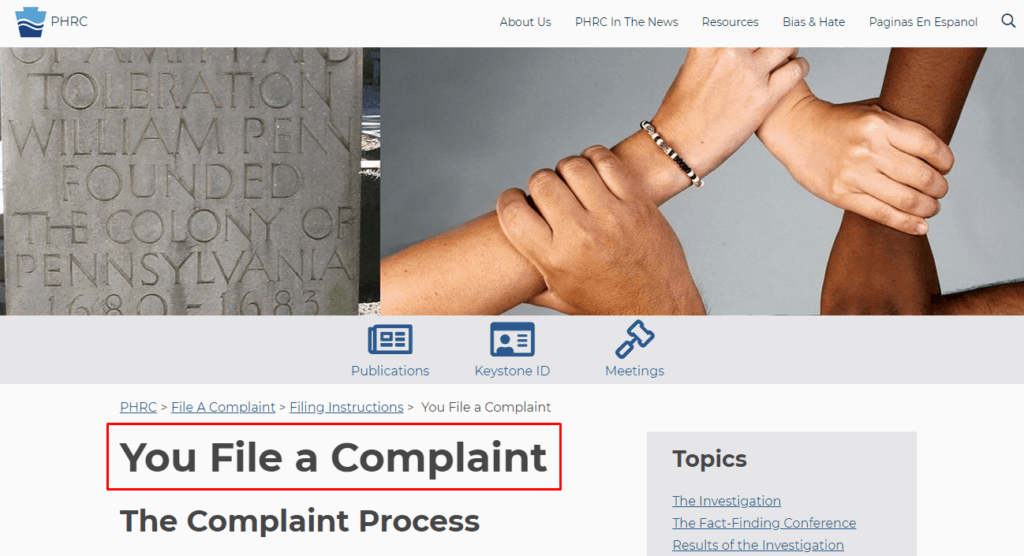Proving discrimination typically involves showing that you are disabled, able to work, that your employer took an adverse employment action against you, and that you were discriminated against.
Concerning disability, most disabilities under the Americans with Disabilities Act are noncontroversial. No one is disputing that paralysis is not a disability.
Attorneys are important here because they
know the law. And with their knowledge of the law, they can make sure that you get over the first hurdle. Even if it’s the easiest one.
The second hurdle, proving that you’re able to work (discussed more below), is a bit higher. You must provide evidence that you could still work with or without a reasonable accommodation.
Failure to do so dooms most discrimination cases. Positive performance reviews and testimony from co-workers are great ways to prove your ability to work.
The next hurdle is about even with the last. You have to show that your employer took an adverse action against you. This would include firing you, demoting you, reassigning you, failing to promote you, and giving you worse work assignments.
The highest hurdle you’ll have to clear is proving discrimination.
Gathering evidence of discrimination can be tricky. It’s rare that a supervisor comes out and says, “you’re fired, we need people without disabilities.” This would be an extremely easy case.
And you would be in for a big settlement.
Most times, supervisors discriminate against disabled persons without saying a word. We then need to find examples of similarly-situated
people who did not face discrimination.
This means that if you believe discrimination occurred, we’d look for people who were not disabled. And then show that they did not suffer the same consequences you did.
Proving ADA discrimination take a disability attorney who is attentive to the details. Someone who can piece together evidence to make your case.





